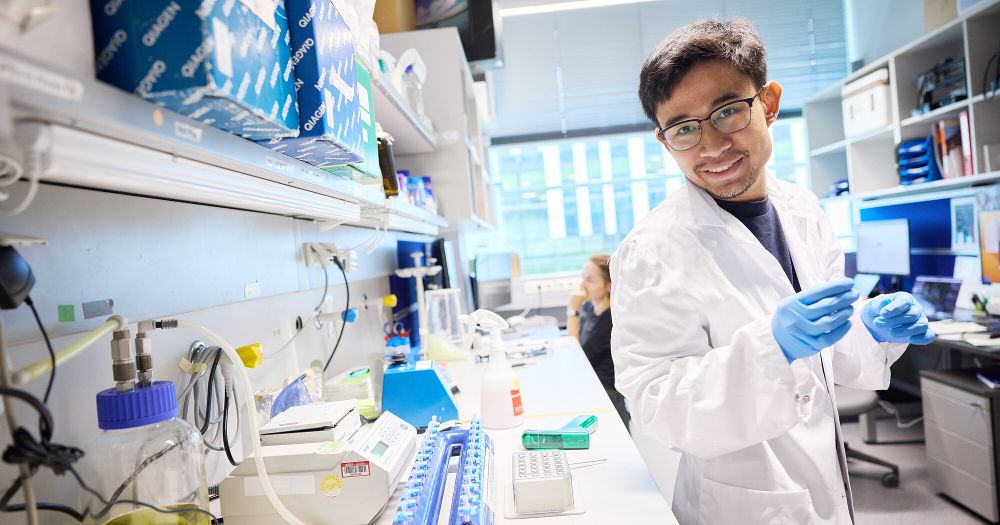Institute of Molecular Biotechnology
@imbavienna.bsky.social
1.8K followers
210 following
220 posts
IMBA - Institute of Molecular Biotechnology: a leading research institute in Europe, focusing on functional genetics, RNA biology, and stem cell research.
Posts
Media
Videos
Starter Packs



















